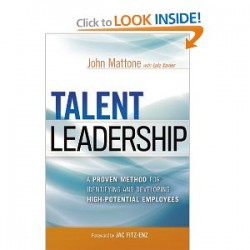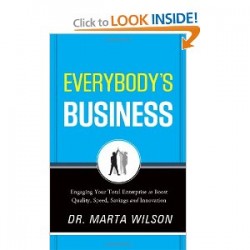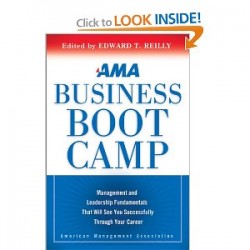I was reading a white paper recently that touched on the role between HR and the CEO, and it was something I have experienced personally and never took the time to put into words. This relationship is highly strategic, as I write about in this post on HR being the CEO’s trusted advisor. There are a few key roles that the head of HR plays when it comes to the CEO, and I have listed a few below. But first, a quote:
75% of CEOs say their relationship with the head of HR is close and trustful and 76% hail it as one of their most valued.
Most valued. Wow. That’s both an opportunity and responsibility that many HR professionals should not take lightly.
Informal coach
In terms of feedback, HR takes on the role of informal executive coach to the CEO. They will provide input on things that might not be at the forefront of the CEO’s thoughts and help them to get their message across in a way that is “comfortable” for the parties involved.
“Safe” performance improvement feedback
In cases where critical feedback might be necessary, the HR person might have to provide “safe” performance feedback to the executive. In this context, “safe” means direct, private, and confidential. The advice is provided directly to the CEO, it’s in a private location, and the feedback is confidential and will not be repeated.
Personal touch
The one that I’ve seen more of is what my friend likes to call “the office spouse.” I liken it to my relationship with my wife in that when we go somewhere, I look at her helplessly and say, “Who is that guy’s wife again?” and “What did you say happened to their son?” She has those minor details all memorized. Same relationship at work: the CEO expects the HR professional to have the staff information on a personal level close at hand, among other things. In addition, HR acts as a representative of the staff. The CEO can also ask (this ties back in with the two points above) how staff will receive/comprehend an announcement about upcoming changes, whether good or bad.
The relationship between the executive leadership and HR is an interesting one with many facets. I think this is an area for HR to be strategic to a certain extent. The relationship is a very personal one, and just like any friendship there can’t be more taking than giving; however, it can be an excellent way to facilitate necessary discussions in a safe way.
Have you ever had a one-on-one relationship with a CEO? What do you remember most about it?Â
 I don’t know if I believe that.
I don’t know if I believe that.


